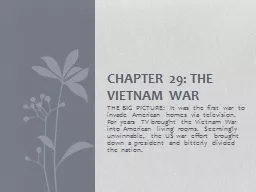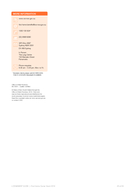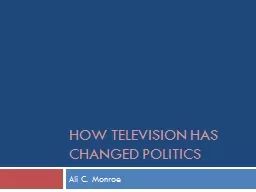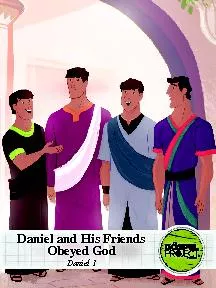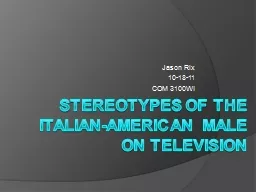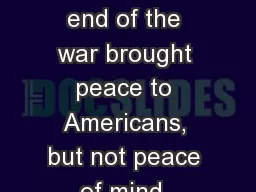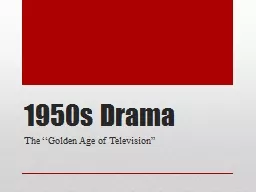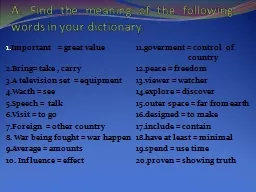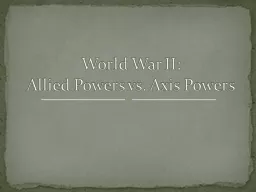PPT-THE BIG PICTURE: It was the first war to invade American homes via television. For years
Author : cheryl-pisano | Published Date : 2018-09-17
Chapter 29 The Vietnam War MAIN IDEA Concern about the spread of communism led the United States to become increasingly involved in Vietnam Chapter 29 Section
Presentation Embed Code
Download Presentation
Download Presentation The PPT/PDF document "THE BIG PICTURE: It was the first war to..." is the property of its rightful owner. Permission is granted to download and print the materials on this website for personal, non-commercial use only, and to display it on your personal computer provided you do not modify the materials and that you retain all copyright notices contained in the materials. By downloading content from our website, you accept the terms of this agreement.
THE BIG PICTURE: It was the first war to invade American homes via television. For years: Transcript
Download Rules Of Document
"THE BIG PICTURE: It was the first war to invade American homes via television. For years"The content belongs to its owner. You may download and print it for personal use, without modification, and keep all copyright notices. By downloading, you agree to these terms.
Related Documents

